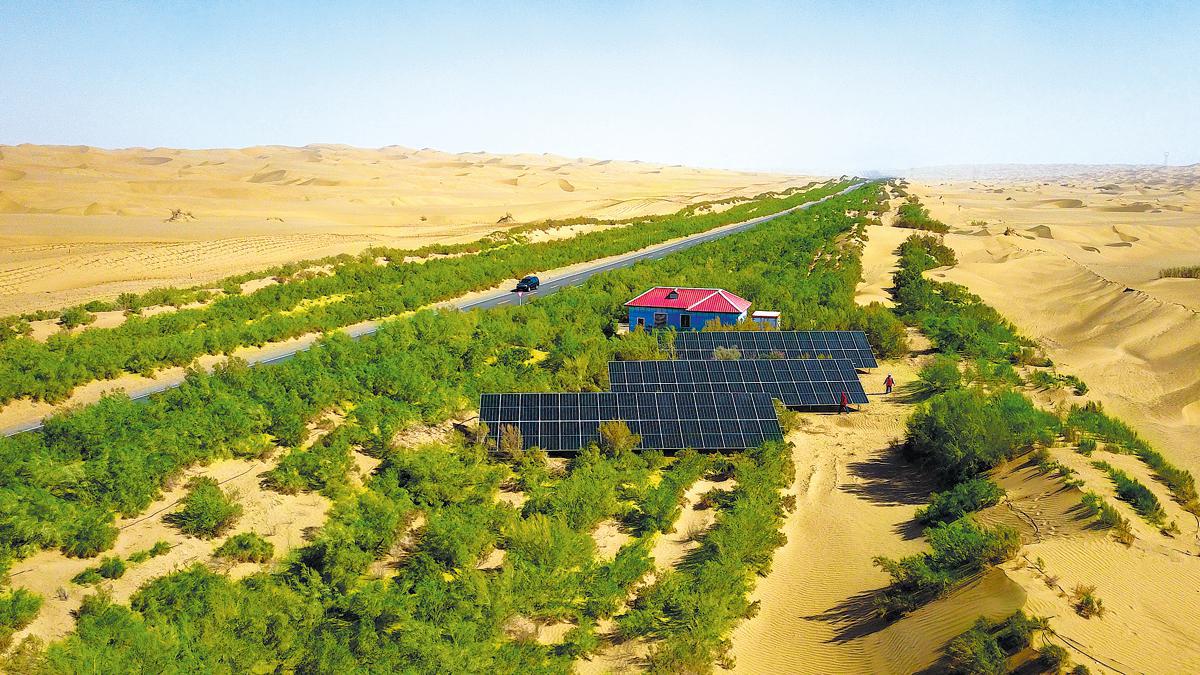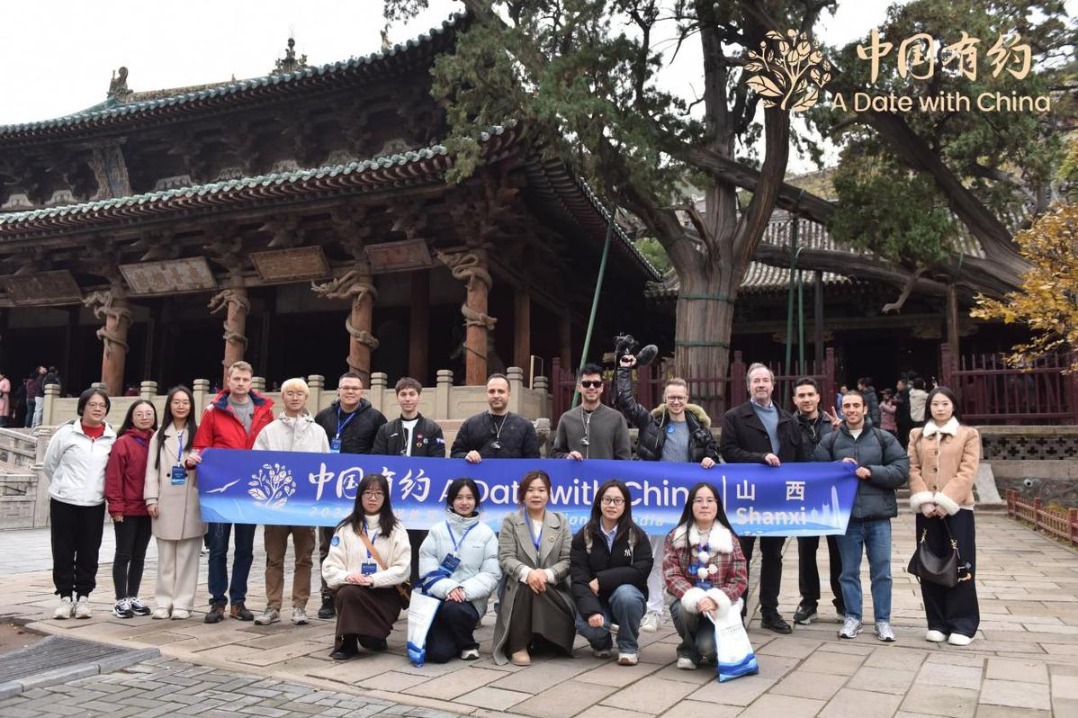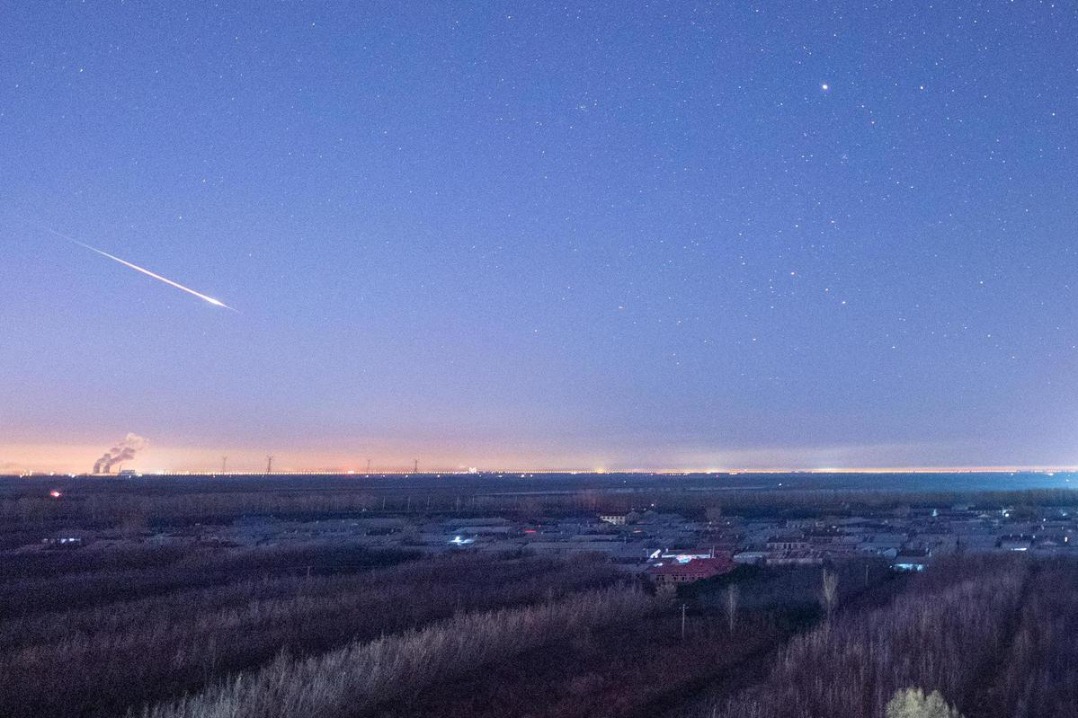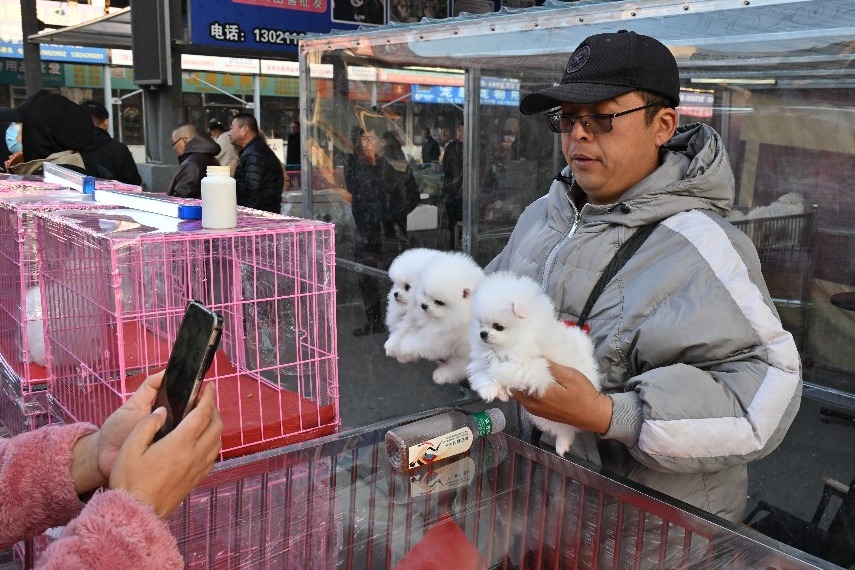Guardians are at home greening the desert
For couple looking after water station in Xinjiang, it's a lifelong commitment


They have also raised a few chickens — Huang fondly dubbed them her "desert chickens" — fed with grains and fruit scraps. In summer, passing tourists occasionally stop by, and she enjoys serving them home-cooked meals.
Still, there are difficult moments. "The toughest times come with the sandstorms," Huang said. "Even with the doors shut, it's hard to breathe, and the howling wind can be terrifying. Thankfully, this year has seen fewer sandstorms than before."
The Tarim Desert Highway stretches through the Taklimakan — the world's second-largest shifting desert. Since its completion in 1995, the highway has served as a vital route connecting Xinjiang's southern and northern Tarim Basin, cutting traveling distances by over 1,000 km.
To combat encroaching sands along the highway, the Tarim Oilfield of CNPC has put in tremendous efforts since 2003 to construct and maintain the protective greenbelt — 436 km long and 75 meters wide — on both sides of the way. Through drip irrigation, underground water is utilized to feed the drought-tolerant species such as Haloxylon ammodendron and Calligonum mongolicum.
Today, more than 100 water stations line the highway, sustaining the shelter belts which now sequester 20,000 metric tons of carbon annually — equivalent to offsetting emissions of approximately 90,000 crossing vehicles. Besides, newly installed photovoltaic power stations have enabled zero-emission irrigation over the past three years of the project.
After three years in the desert, Huang and her husband remain committed to their work. "I feel satisfied," Huang said. "Our job may seem simple, but it's valuable. We're doing our part to green the desert."
Contact the writers at guoyanqi@chinadaily.com.cn
























